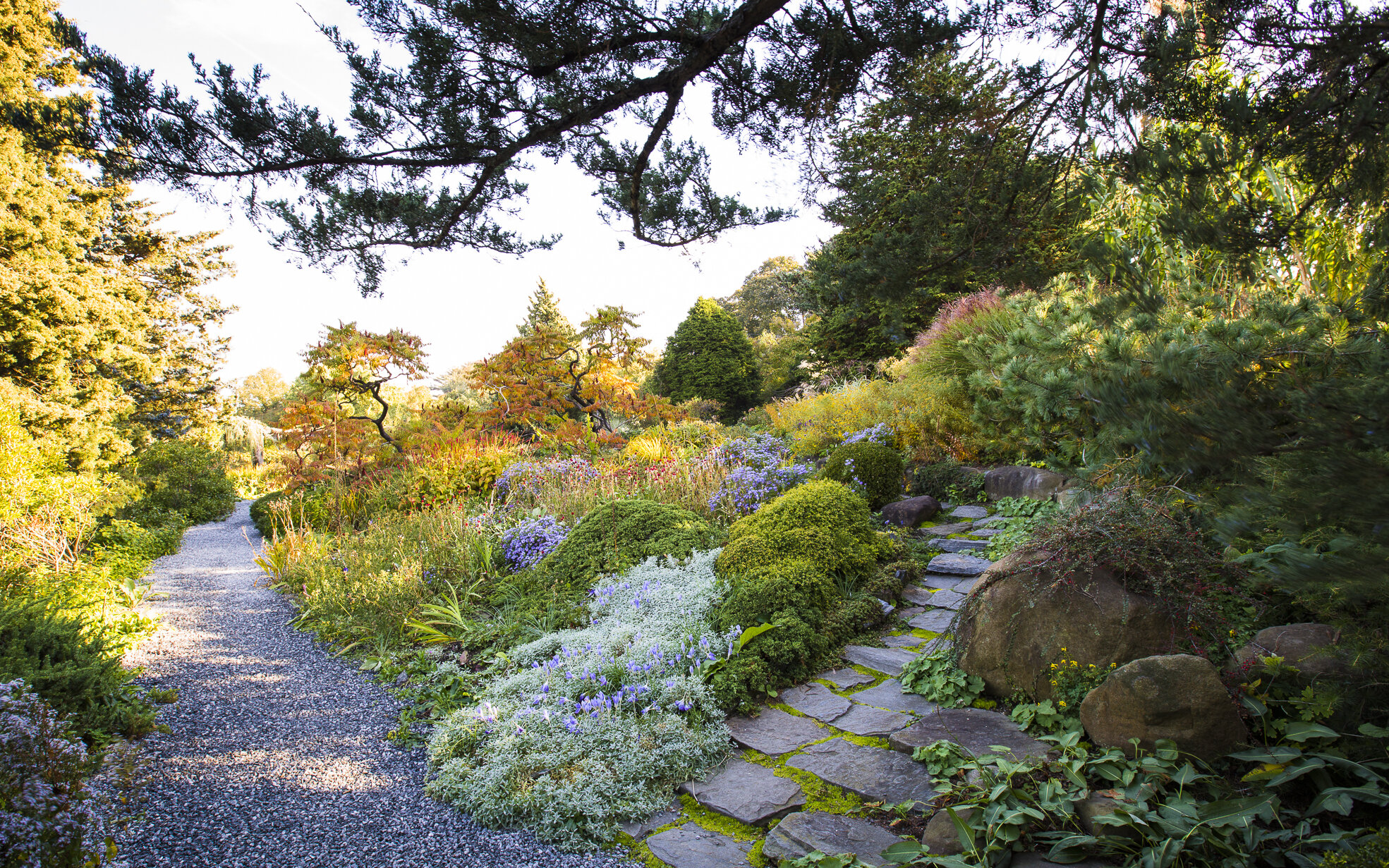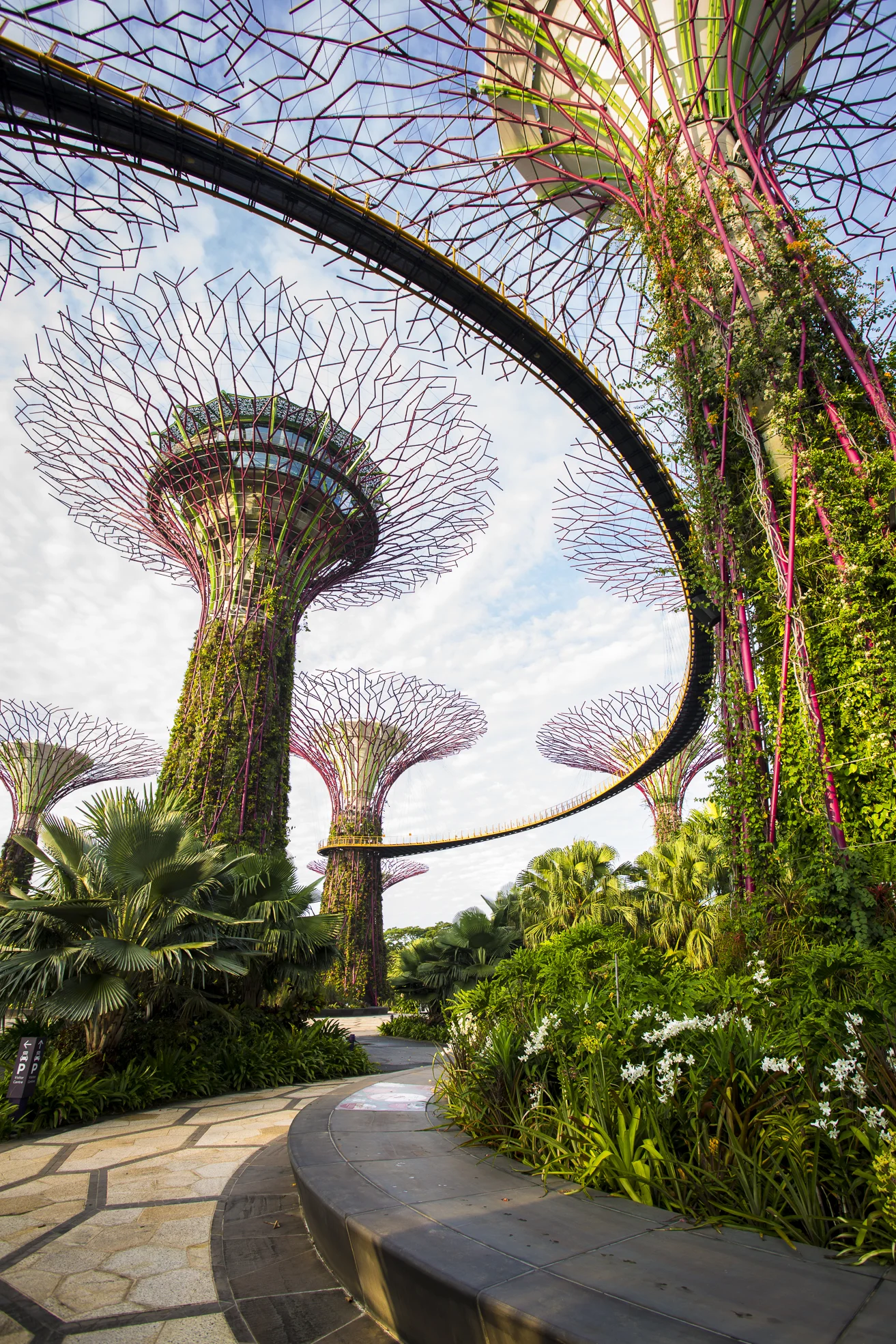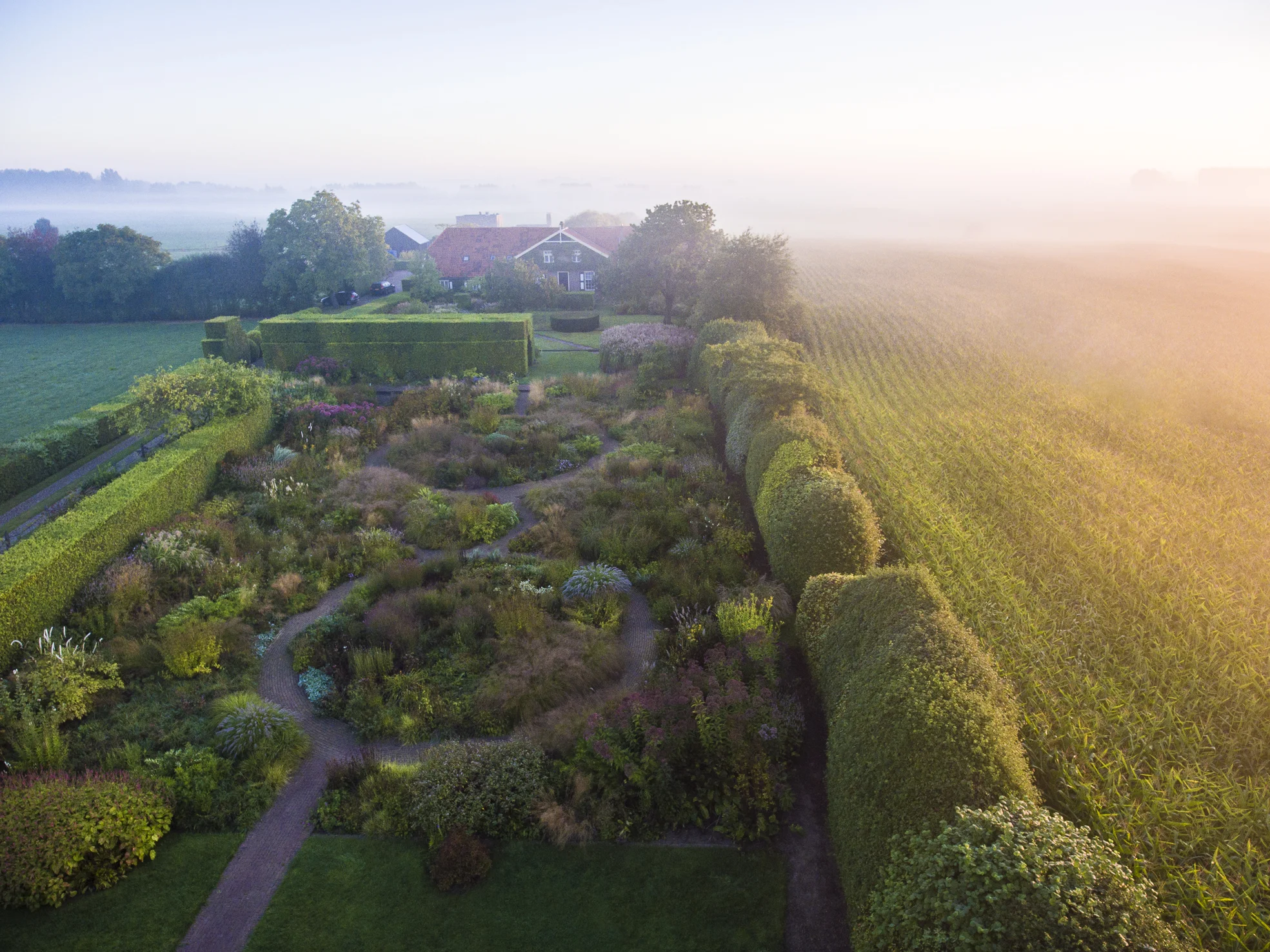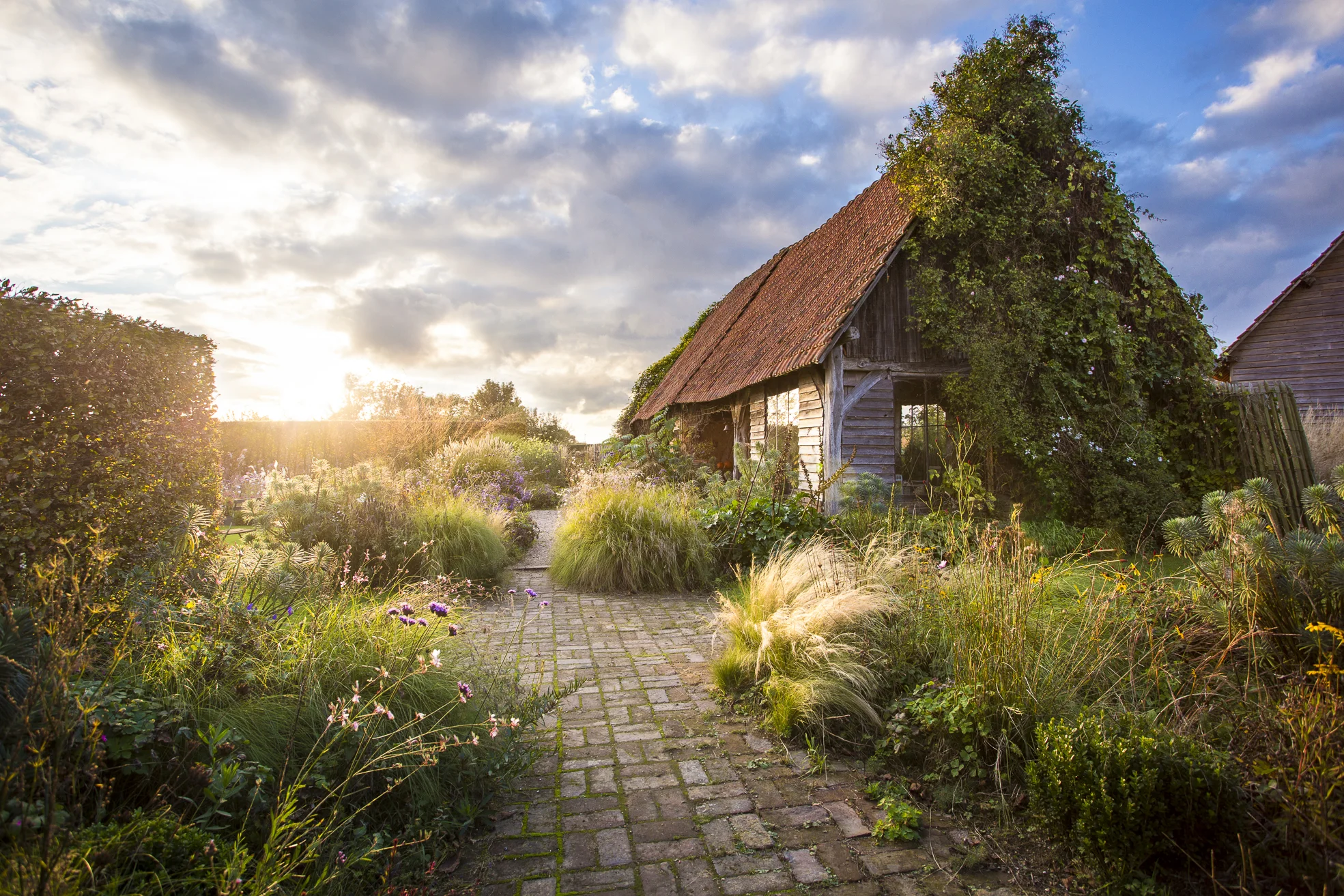A review of Dreamscapes: Inspiration and beauty in gardens near and far, by Claire Takacs

All images © Claire Takacs/Hardie Grant
Claire Takacs’ Dreamscapes: Inspiration and Beauty in Gardens Near and Far is a welcome addition to the canon of photographic garden books. This book of notable gardens, some very well known, some less so, is far more than another pretty coffee table book. Takacs (pronounced "Ta-kahsh" with a long "a" and accent on the second syllable) values light above all else, and she shoots her images in the light of early morning and at the end of day, in fog and mist, or in other singular lighting conditions. Her techniques create images that are gripping and compelling. (Her work is frequently seen in the best garden magazines.) As this new book shows, Takacs gives us a new way of seeing gardens. Takacs' unique perspective makes looking through her book a tireless adventure, even after multiple viewings, and its generosity of spirit gives you plenty to see and think on. You'll always find something you missed. The book is a valuable resource for designers, garden aficionados, or simply anyone with an interest in gardens. I've read reviews that see a message in the book about naturalistic gardens, but I'm hard put to decipher one myself--other than delight in exploration of design, plants, lighting, moods, space, in fact any of the innumerable elements that can go into the making of a garden.Takacs presents gardens in a new light. Her photographs of two extremely famous gardens--for example, Piet Oudolf’s Hummelo in The Netherlands and Le Jardin Plume in Normandy--show her unique approach. Takacs concentrates on the play of early morning and late-day light in the gardens she photographs. And this technique often brings out an entirely new feeling, so that gardens we are used to seeing endlessly photographed almost look like different gardens. Take this photograph of Piet Oudolf’s Hummelo, for example.Takacs aims for a feeling, and a new understanding, of an extraordinarily well known garden. Whereas most photographs of an Oudolf garden give close attention to the structures, textures, and colors of individual perennials and perennial masses, Takacs presents an overall mood, indeed a moodiness, that shows the garden in an entirely new way. Most importantly, she presents the garden as a part of a larger landscape.This photograph is unlike any other I've seen of this extraordinarily well known garden--in fact, a garden that has become a virtual "requirement" for anyone with an interest in Oudolf and the New Perennial style. Takacs, by catching the surrounding agricultural fields in the morning light and throwing the garden proper into shade, behind a great camel-backed hedge, makes context the most important element in the image. I find this photograph extremely provocative, and it makes me think of Oudolf's work in new ways.Similarly, her photographs of Patrick and Sylvie Quibel’s Le Jardin Plume in Normandy glorify the light of the sun ...... while thrusting the viewer’s eye down to the hard, brick paving and out toward the landscape, deemphasizing planting detail, a detail that is by far the most well known and recognized aspect of this garden. Landscape, atmospheric effects, mood are Takacs' hallmarks, and she gives us a new way of seeing gardens we’ve become familiar with—or think we have.Or take this garden by Fernando Martos in Spain. She beautifully captures mood in the sidelighting of the trees, the spots of light and dark in the meadowish planting, contrasting it with the dark plain of the background trees.Dividing my time between my garden in far western New Jersey and city life in Brooklyn, it’s hard to know what individual garden makers are up to around the world. Sure, I read the garden magazines, socialize in an Internet way via Facebook and Instagram, attend conferences, follow blogs. I know the trends—the loose, herbaceous perennial nebulae and galaxies of gardens in the meadowish style, along with the tremendous influence of Piet Oudolf both on design and plant selection across much of the world, the more traditional Anglophile traditions of Rousham and Sissinghurst and Great Dixter and other icons of gardening, the rigid symmetries of Versailles and the Italian Renaissance gardens, the Char Bag gardens of India and paradise gardens of Iran, and the gardens of Asia, particularly Japan.But beyond all this are innumerable lesser known and unknown gardens—at least to the general public. Many gardens that I, for example, have failed to find, even when traveling with an eye to seeing gardens.So much depends on chance contacts, a bit read here or there, the word of a person one trusts, access to local knowledge. So Claire Takacs’ new book is a welcome addition, providing a useful resource for those seeking new gardens to visit.Though based in Australia, Takacs travels the world every year seeking out the best subjects for her photography.She asks about gardens, seeks them out, and uses her highly personal techniques to make extraordinary photographs. Wave Hill (above) is one such garden I suggested she add to her list when she was on a photography trip to the Northeast US several years ago. She has many sources and is constantly planning visits to photograph gardens throughout the world from her home base in Melbourne, Australia.Takacs' new book is a valuable guide to those seeking gardens to visit, and a stunning book of photographic documentation worth a thorough study. I recommend it to you._______________In the interest of being totally candid, my garden is in this book (and is certainly one of the lesser known gardens in it).









